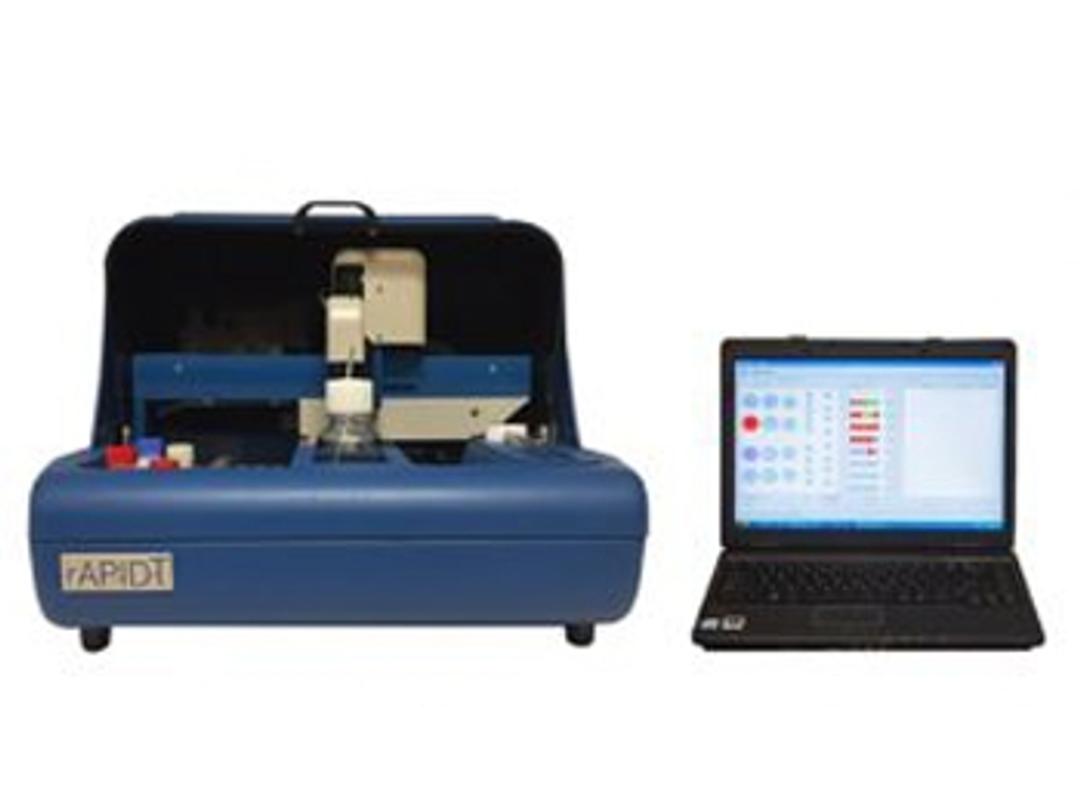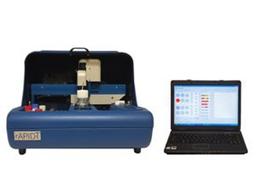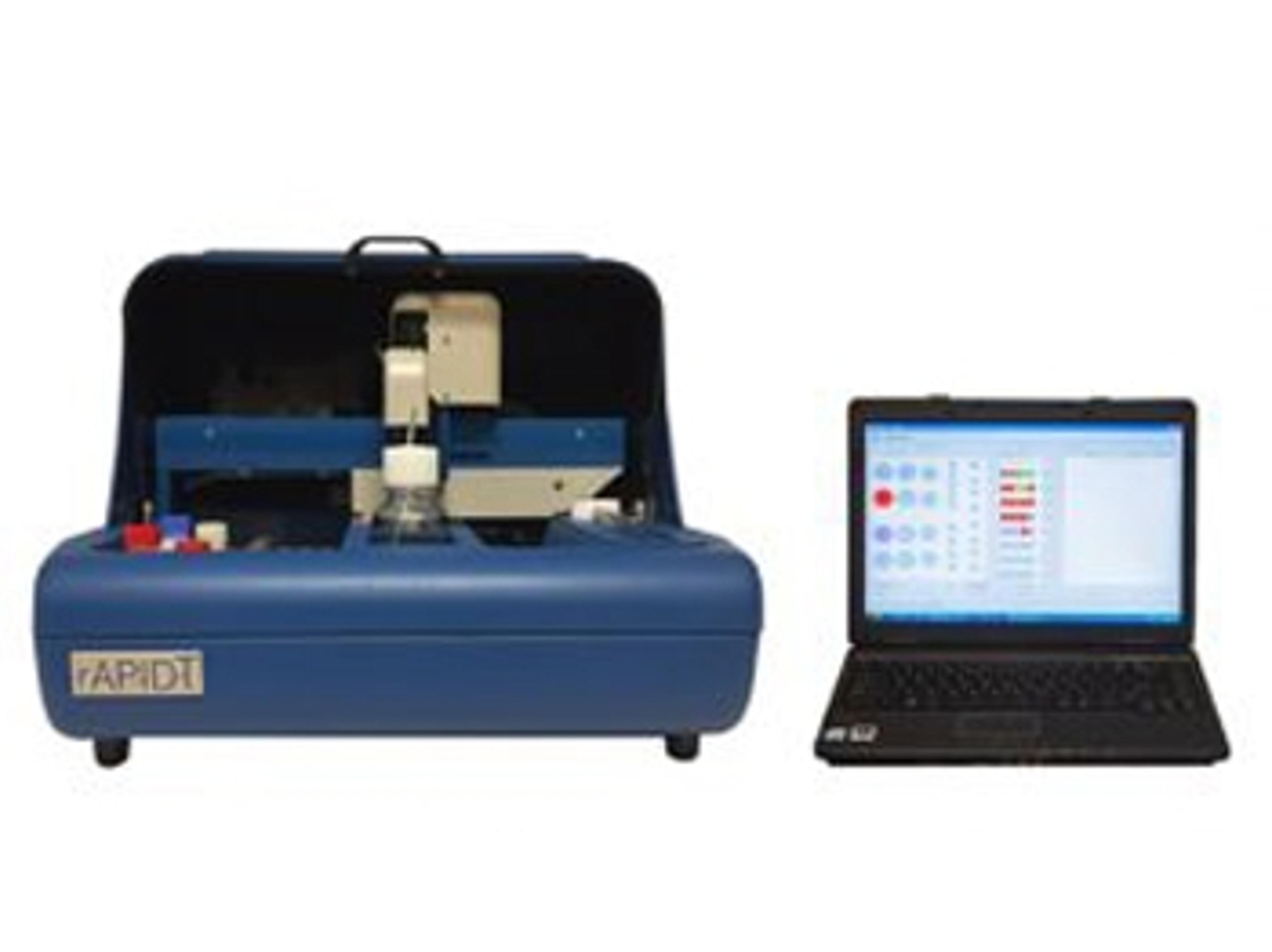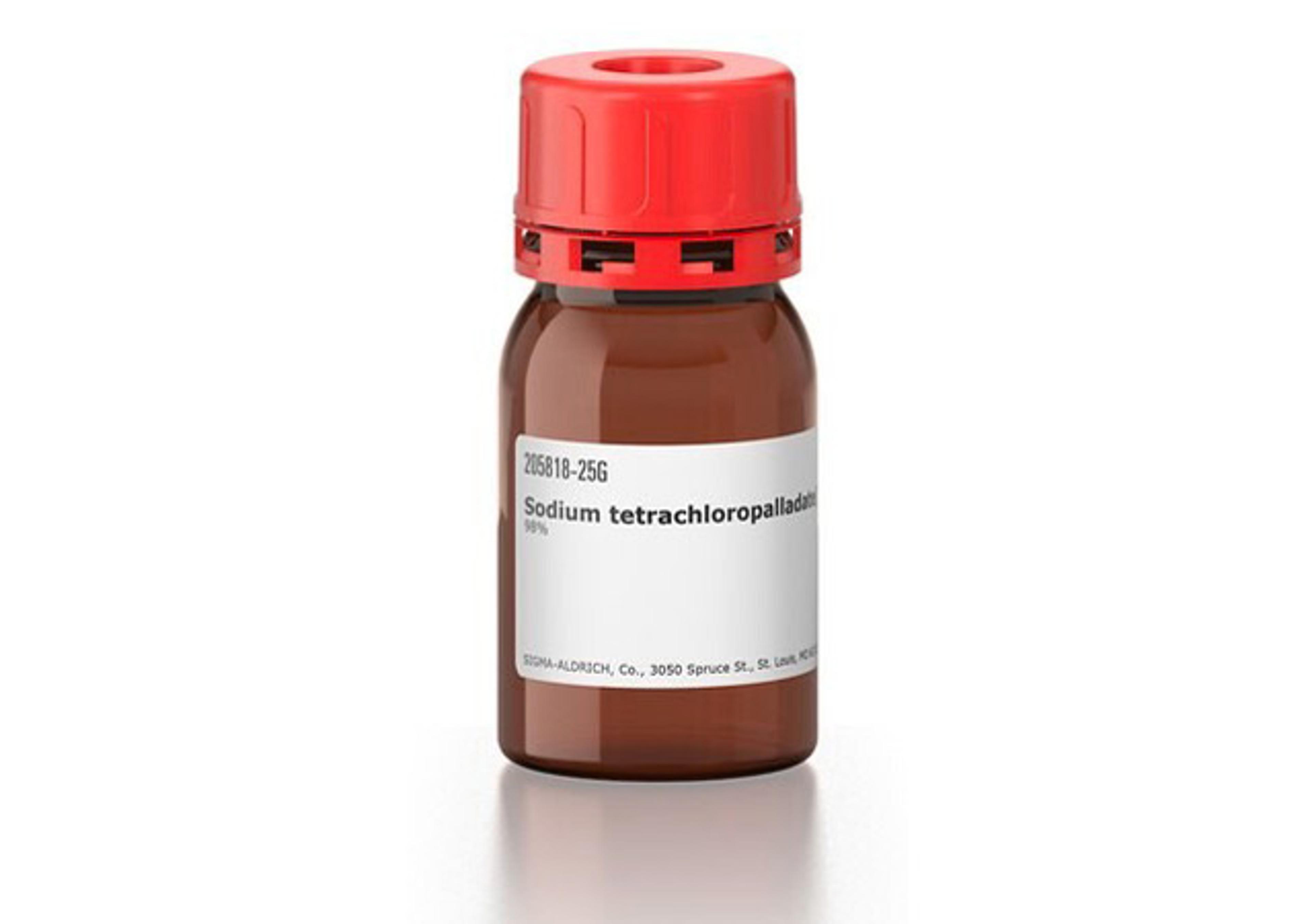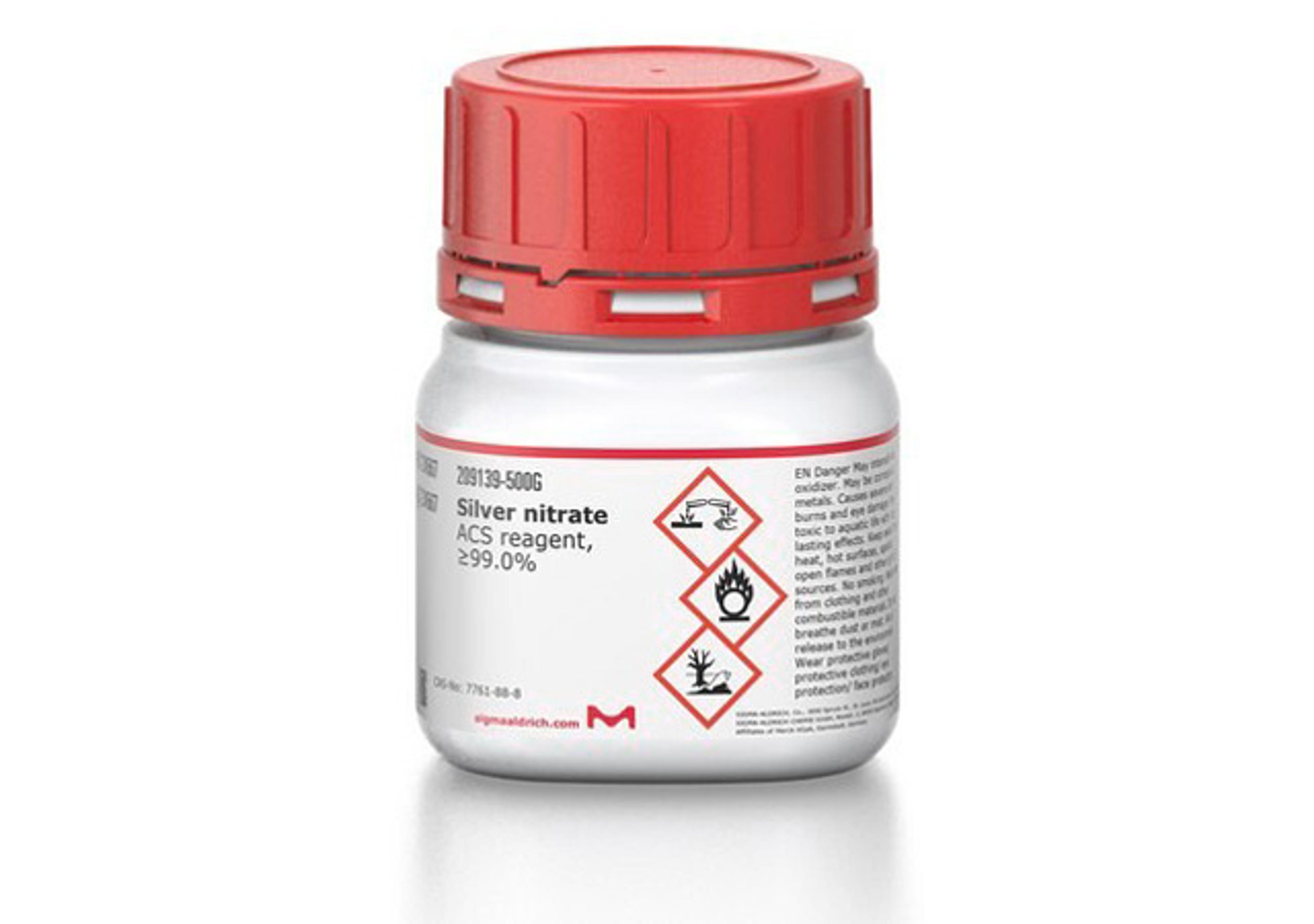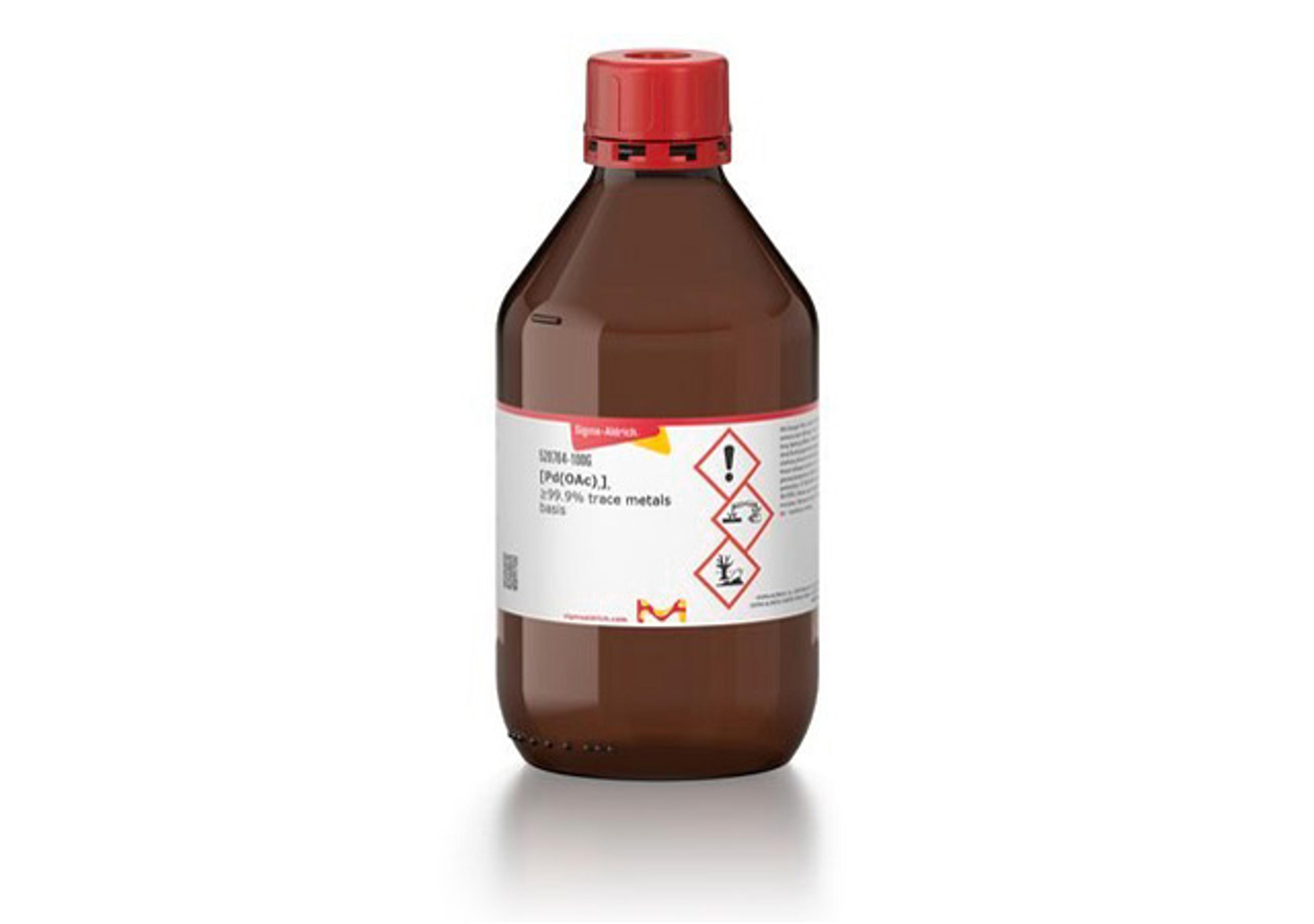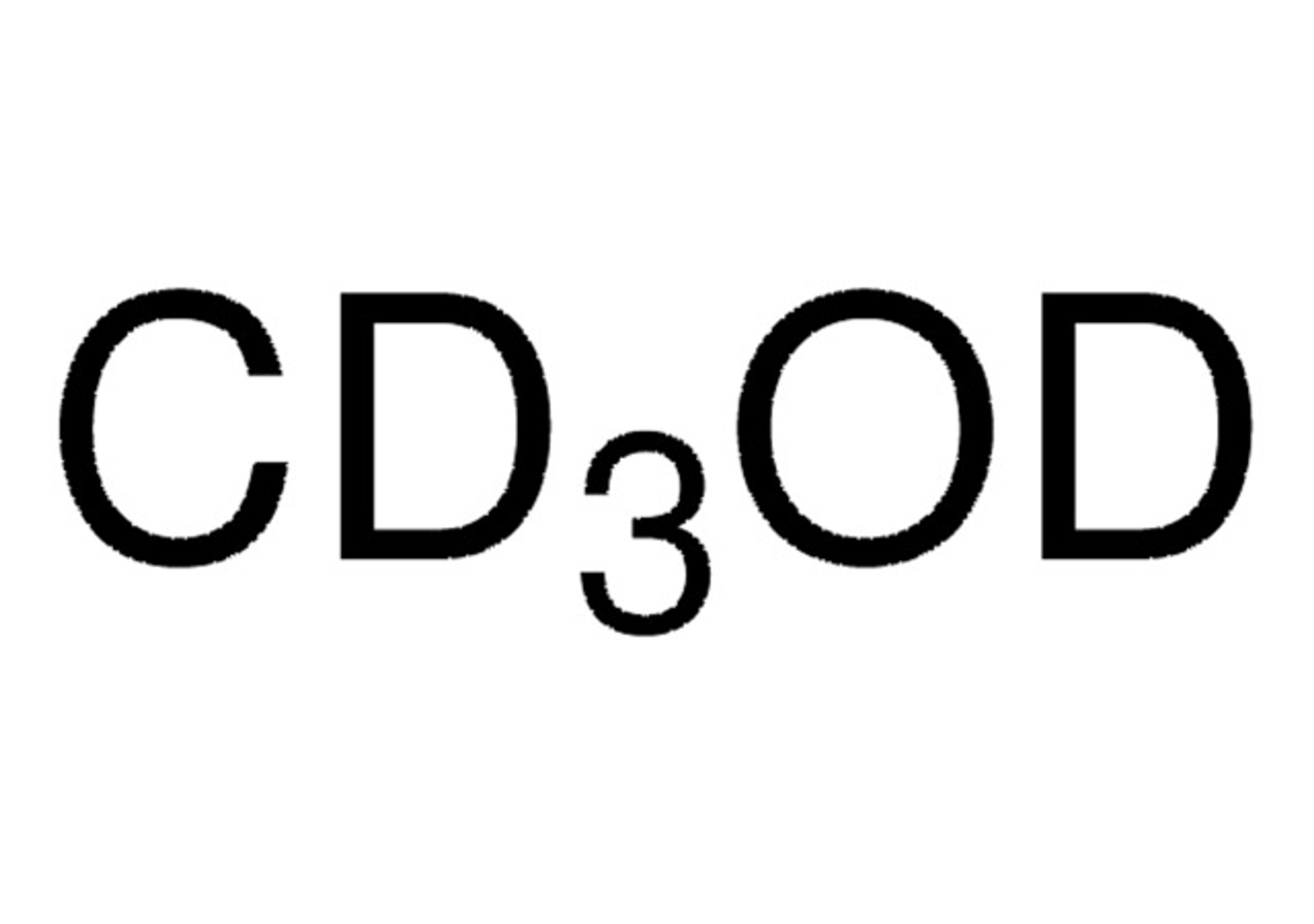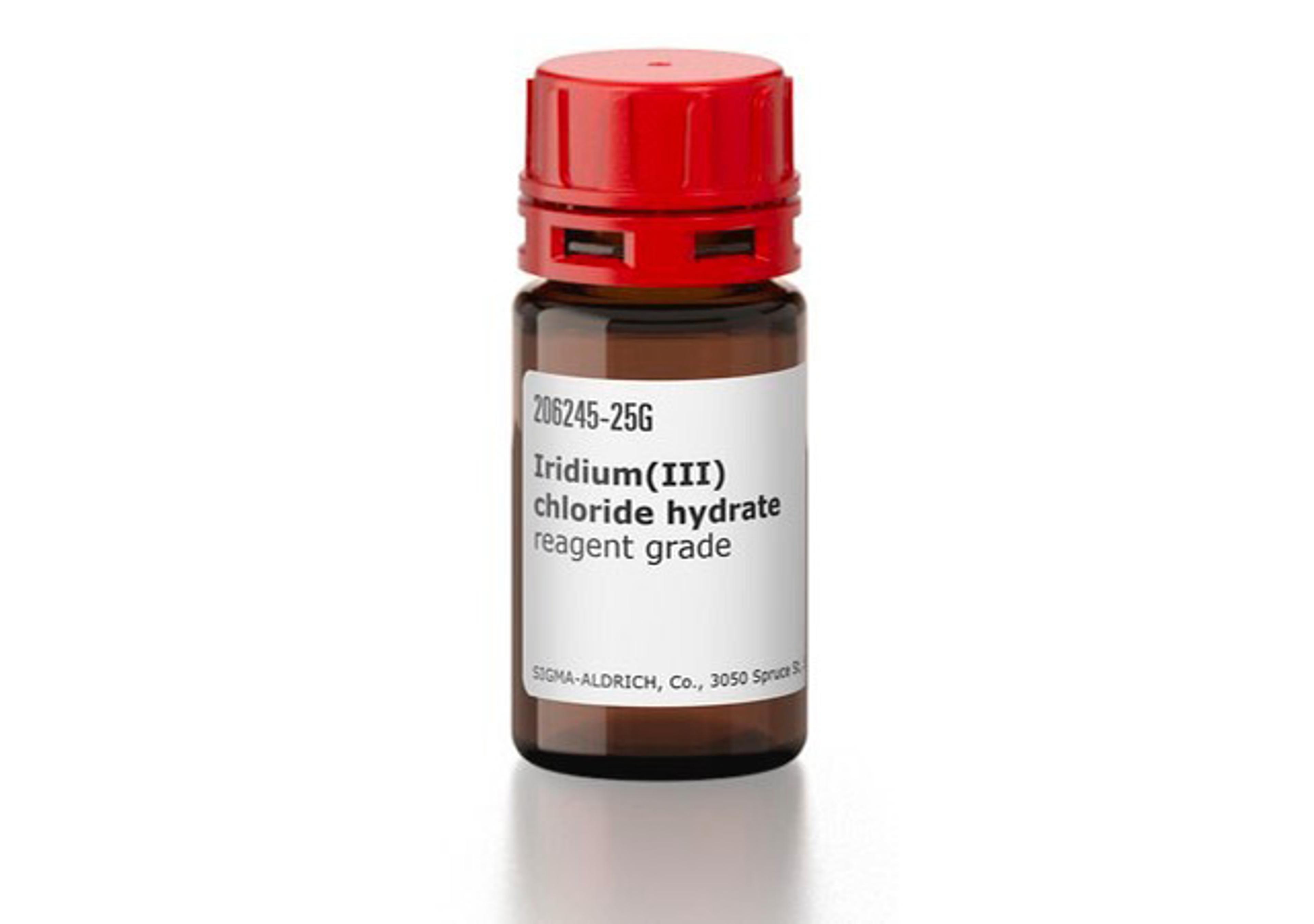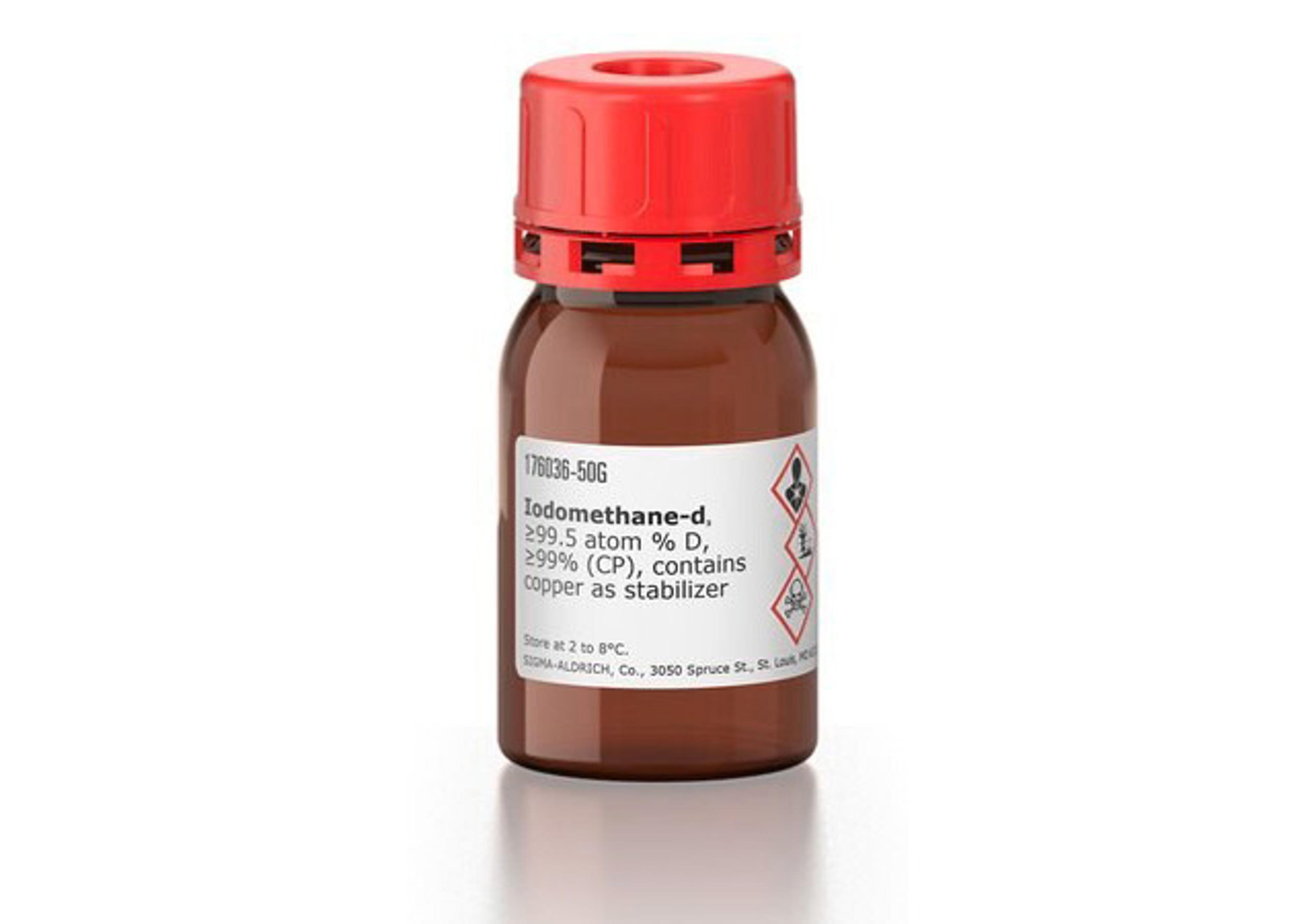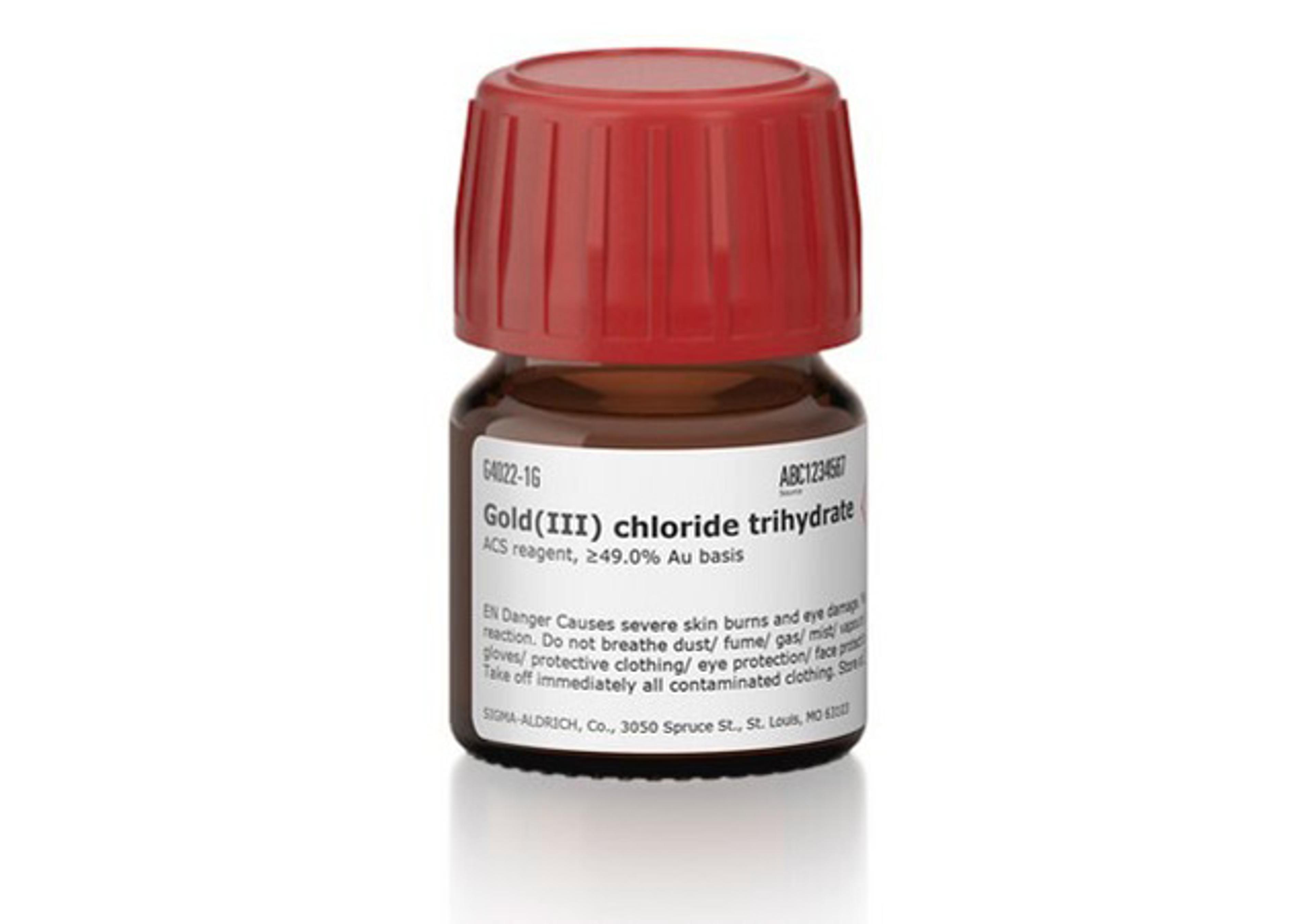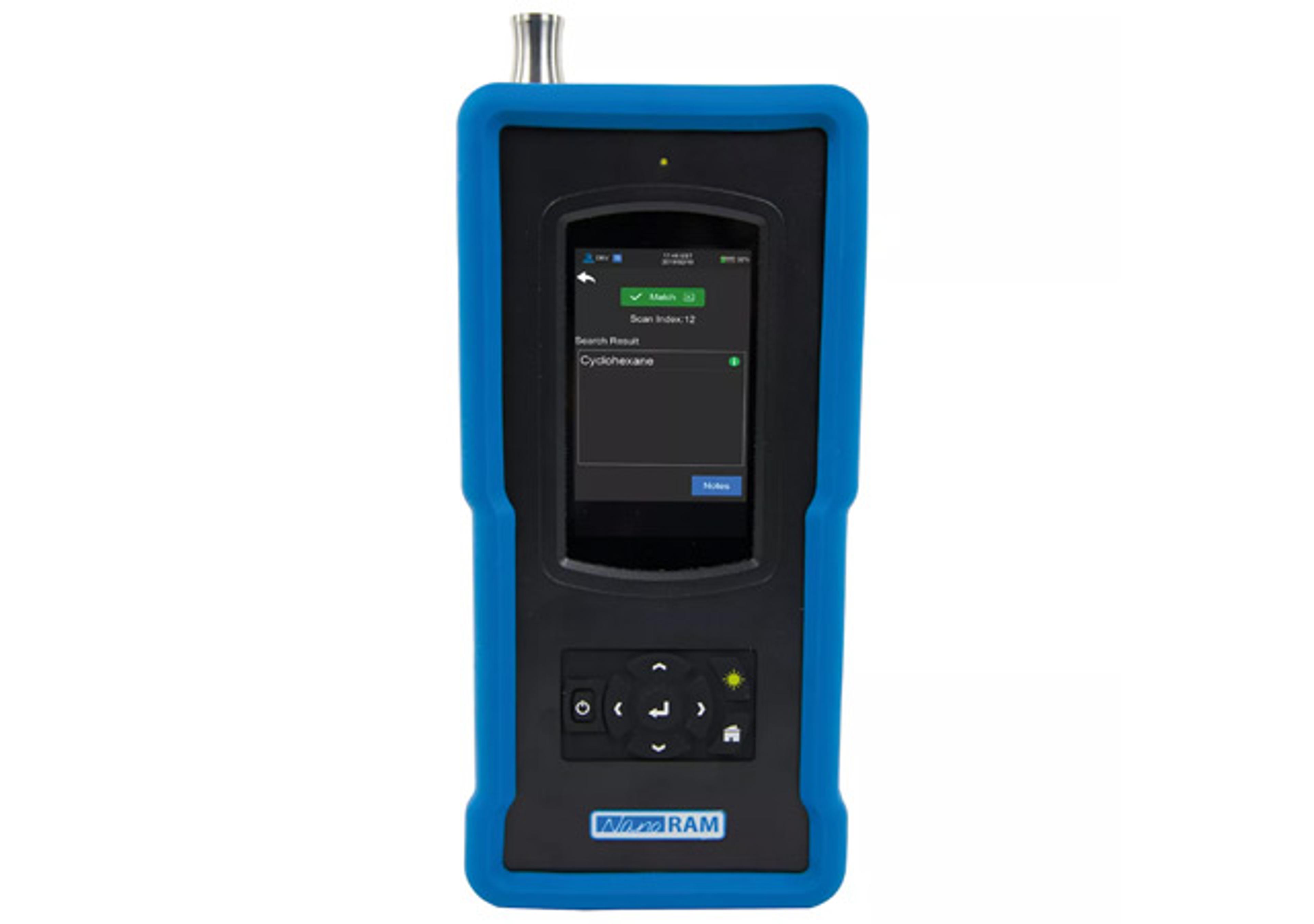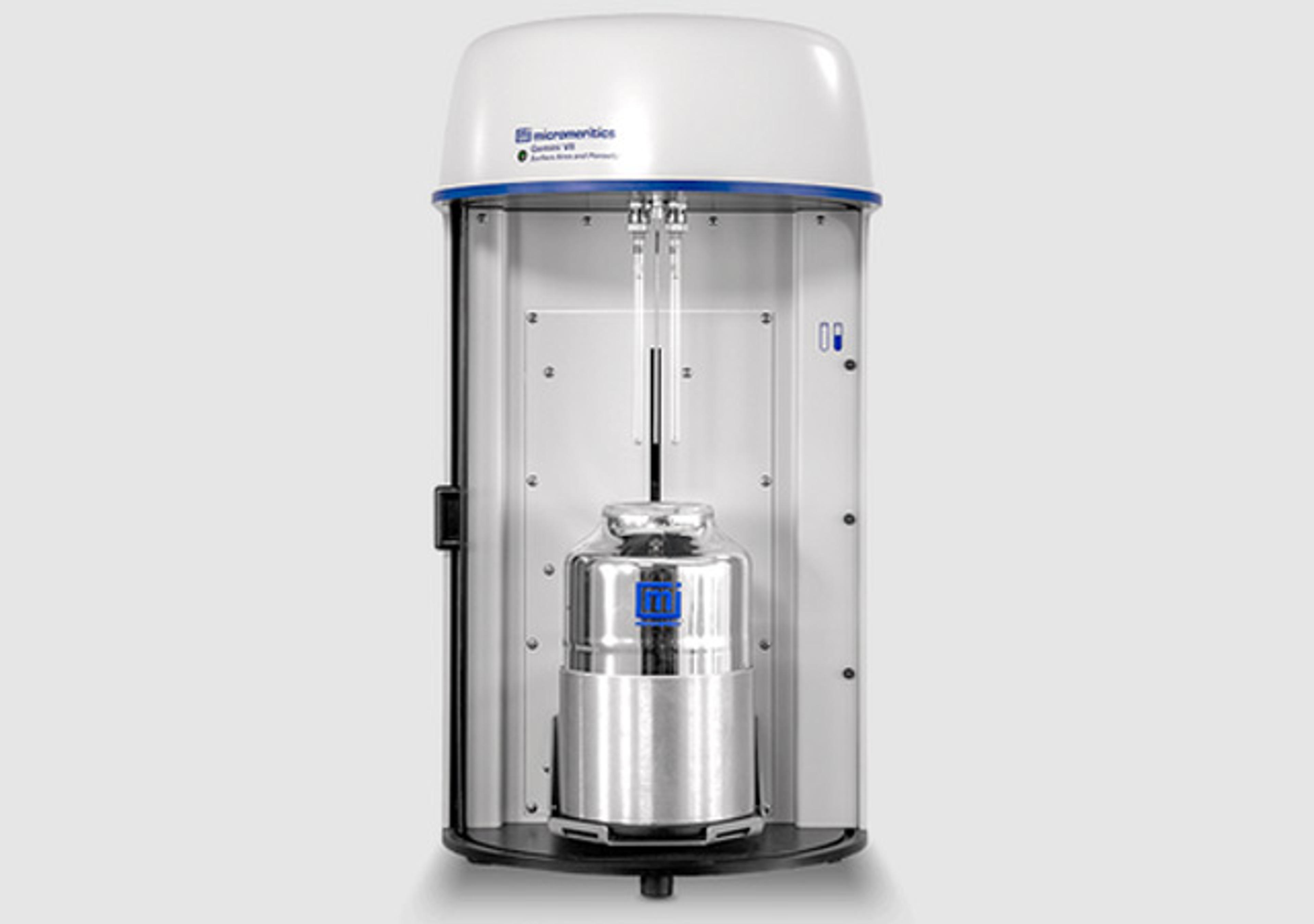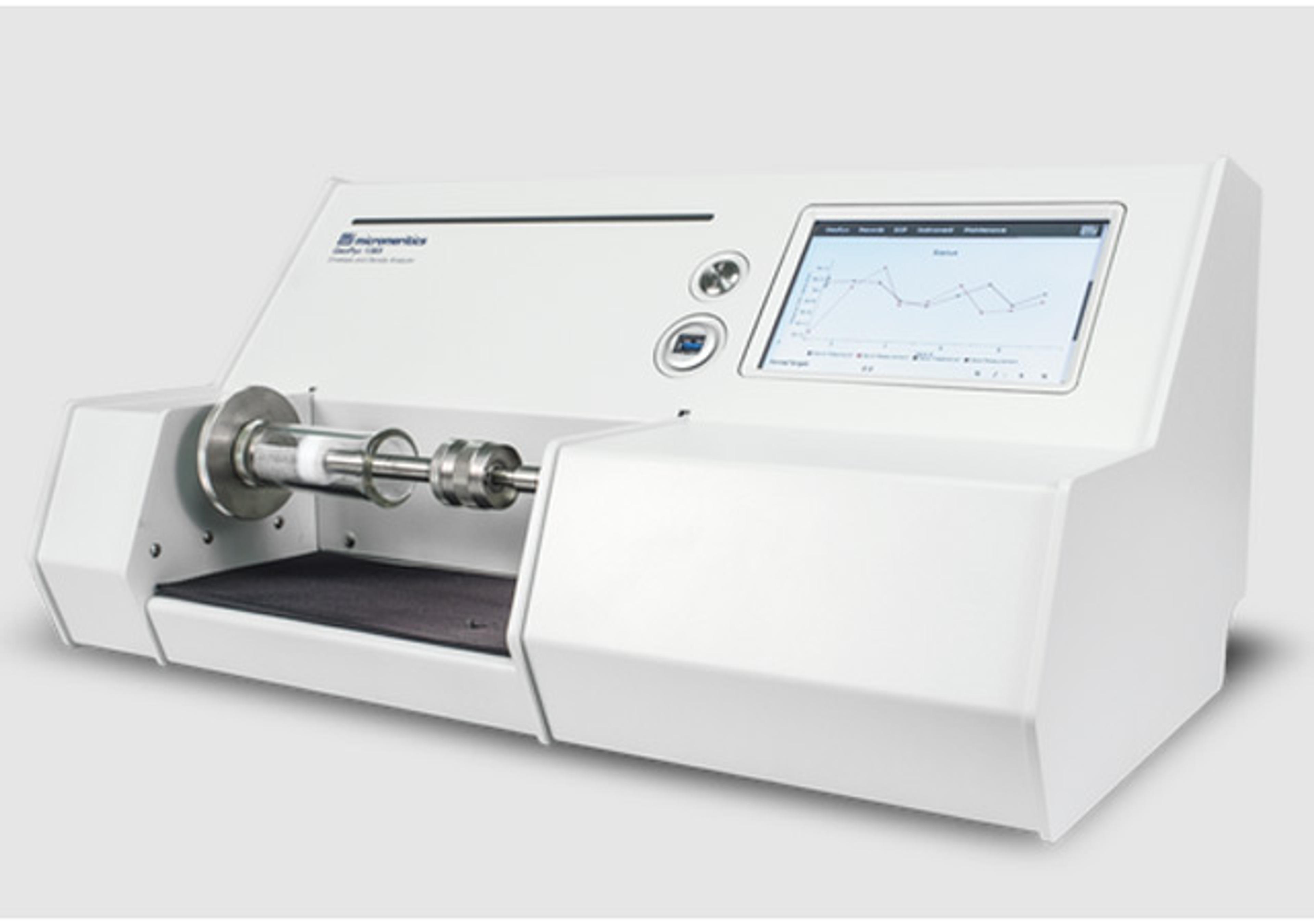rAPID-T System
The advantages of this system are numerous: Multiple analyses can be run with no physical changes to the system The operator can select what analyses he/she would like to run on each sample Reagent consumption is even lower than our Astoria and Astoria2 systems, generally ~ 5 – 60 uL In-line dilution of above-range samples and in-line standards prep from a single stock standard are included Periodic maintenance i…
The supplier does not provide quotations for this product through SelectScience. You can search for similar products in our Product Directory.
Easy to use.
Direct analyzer - environmental analysis
Easy to use and train analysts to run multiple tests. There are few consumable parts, and they are simple to replace. Software is easy to use.
Review Date: 12 Mar 2020 | Astoria-Pacific International
The advantages of this system are numerous:
- Multiple analyses can be run with no physical changes to the system
- The operator can select what analyses he/she would like to run on each sample
- Reagent consumption is even lower than our Astoria and Astoria2 systems, generally ~ 5 – 60 uL
- In-line dilution of above-range samples and in-line standards prep from a single stock standard are included
- Periodic maintenance is reduced because of the elimination of pump tubes, transmission tubing, dialysis membranes, etc.
- The software is more intuitive and provides complete control of the system’s components.
With a colorimetric detector, 40 place sample rack, a 10 place reagent tray, and quick analysis rates of up to 200 tests per hour, the rAPID-T makes quick work of many common tests like:
- Alkalinity
- Ammonia
- Chloride
- Chlorine
- Cyanide (Post Dist.)
- HexChrome
- Nitrate (by Enzymatic or Vanadium)
- Nitrite
- Phenol (Post Dist.)
- OPhos
- Silica
- Sulfate
- TKN
- Total Nitrogen (Pers. Digest)
- Total Phosphorus (Pers. Digest)
In the Beer/Wine Industry a majority of our clients test for:
- Acetic Acid
- Acetaldehyde
- Ammonia
- Glucose+Fructose
- Free Sulfite
- Malic Acid
- NOPA
- Total Sulfite

